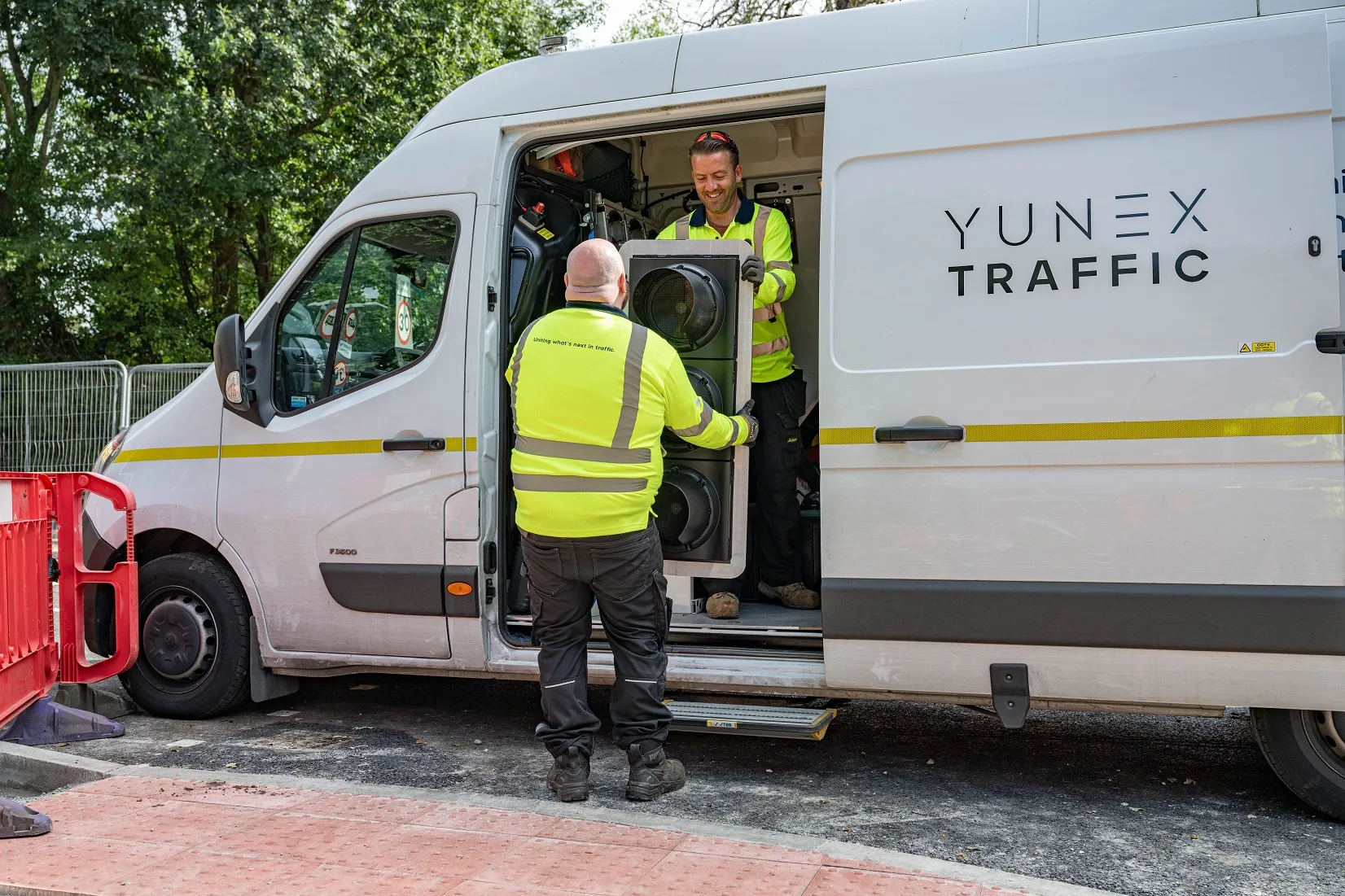Transoft says the integrated solution will allow engineers and developers to create and share presentations and reduce revisions and overall cost.
Transoft’s AutoTurn Pro, a tool for performing swept path analysis, was combined with Plex.Earth, an AutoCAD solution used for developing architectural, engineering and construction (AEC) projects.
Swept path analysis is the calculation and analysis of the movement and path of different parts of a vehicle when it is undertaking a turning manoeuvre. This process includes calculating the path taken by each wheel during the turn and also calculating the space needed by the vehicle body during the turn.
Lambros Kaliakatsos, founder & CEO of Plexscape, says Plex.Earth provides engineers with access to high-quality satellite imagery and terrain data.
We believe the partnership will help AEC professionals make decisions with more confidence and keep their products on time and budget, Kaliakatsos adds.
Alexander Brozek, vice president & general manager of Transoft Solutions EMEA, says: “Engineers can easily demonstrate their performed swept path analysis for impressive and self-explaining presentations or running quick checks in the conceptional phase of a project.”
Transoft and Plexscape partner on 3D vehicle representation via Google Earth
Software companies Transoft Solutions and Plexscape have entered into an agreement to offer more realistic 3D vehicle representation on Google Earth.
November 6, 2018
Read time: 1 min









